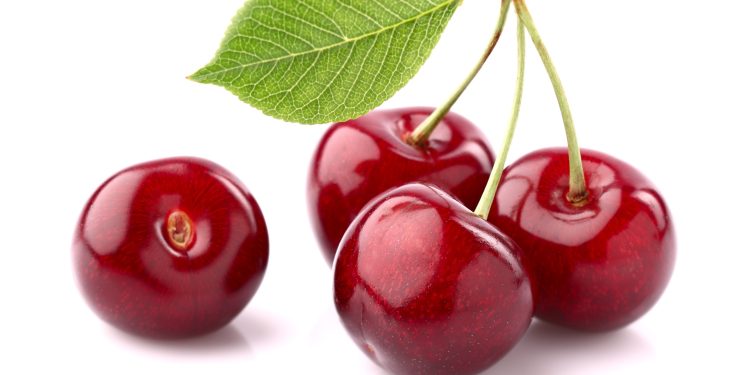#KashmirCherryHarvest #EconomicRelief #AgriculturalIndustry #LocalEconomy #Farmers #EmploymentOpportunities #SocioEconomicDevelopment #Tourism #CulturalExchange
Kashmir, known for its breathtaking landscapes and rich cultural heritage, is also home to a thriving cherry harvest. As the summer months roll in, the picturesque valleys of Kashmir burst into a sea of pink and red hues, showcasing the bountiful cherry orchards that have become an integral part of the region’s economy. This article delves into the development of Kashmir’s cherry industry, highlighting its significance as a mid-year economic relief and the positive consequences it brings to the local community.
Development of the Cherry Industry in Kashmir:
The development of the cherry industry in Kashmir can be traced back centuries, with the region’s favorable climate and fertile soil creating ideal conditions for cherry cultivation. Over time, Kashmiri farmers honed their expertise in cherry production, employing traditional and modern techniques to enhance the quality and yield of their crops.
The introduction of improved agricultural practices, such as controlled irrigation systems and advanced pest management, has played a crucial role in boosting cherry production. Furthermore, the use of scientific research and innovative techniques has led to the development of new cherry varieties that are better suited to Kashmir’s unique climate.
Significance for the Local Economy:
The cherry harvest in Kashmir holds immense significance for the local economy, acting as a mid-year economic relief for the region. The cherry season, which typically begins in late May and continues through June, provides a vital source of income for thousands of farmers and laborers.
The demand for Kashmiri cherries, both within the region and beyond, is high due to their exceptional taste and quality. As a result, the cherry industry serves as a lucrative market for farmers, enabling them to earn a substantial income and improve their standard of living. Moreover, the industry creates employment opportunities for a significant number of people, including pickers, packers, and transporters, further stimulating the local economy.
Positive Consequences for the Kashmiri Community:
The development of the cherry industry has brought about several positive consequences for the Kashmiri community. Firstly, it has helped in reducing rural unemployment by providing job opportunities to a large number of people, especially during the cherry harvesting season. This has had a positive impact on the overall socio-economic conditions of the region.
Secondly, the income generated from cherry cultivation has empowered farmers and enabled them to invest in better farming techniques, infrastructure, and education for their children. This, in turn, contributes to the overall development and progress of the local community.
Lastly, the cherry industry has put Kashmir on the global map as a significant cherry-producing region, attracting tourists and traders from various parts of the world. This not only boosts the tourism sector but also enhances the cultural exchange and economic ties with other regions.
The cherry harvest in Kashmir serves as a blossoming mid-year economic relief for the region. The development of the cherry industry, driven by improved farming techniques and favorable climatic conditions, has resulted in positive consequences for the local economy and the Kashmiri community as a whole. With its exquisite cherries and economic prosperity, Kashmir continues to flourish as a prominent cherry-producing region.































